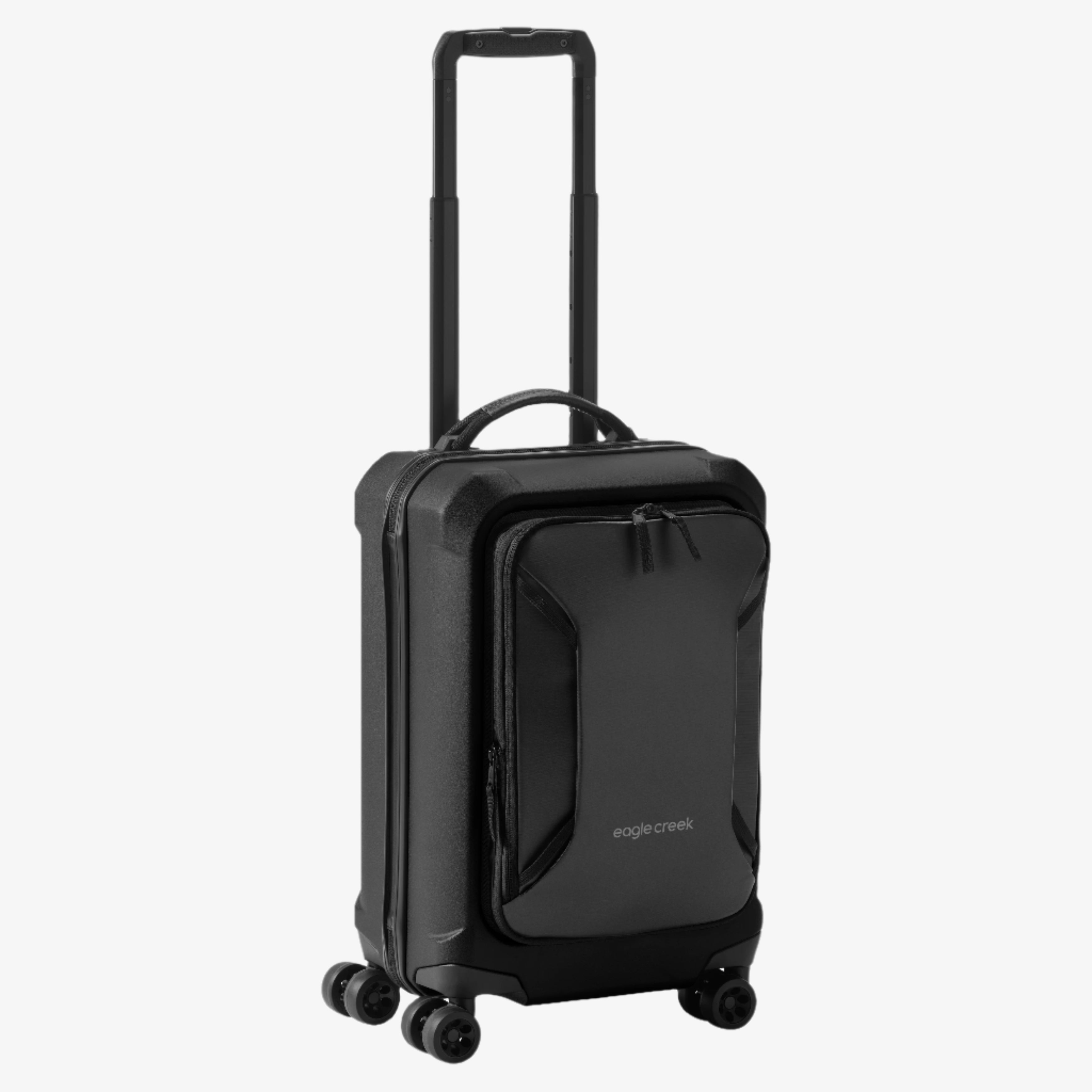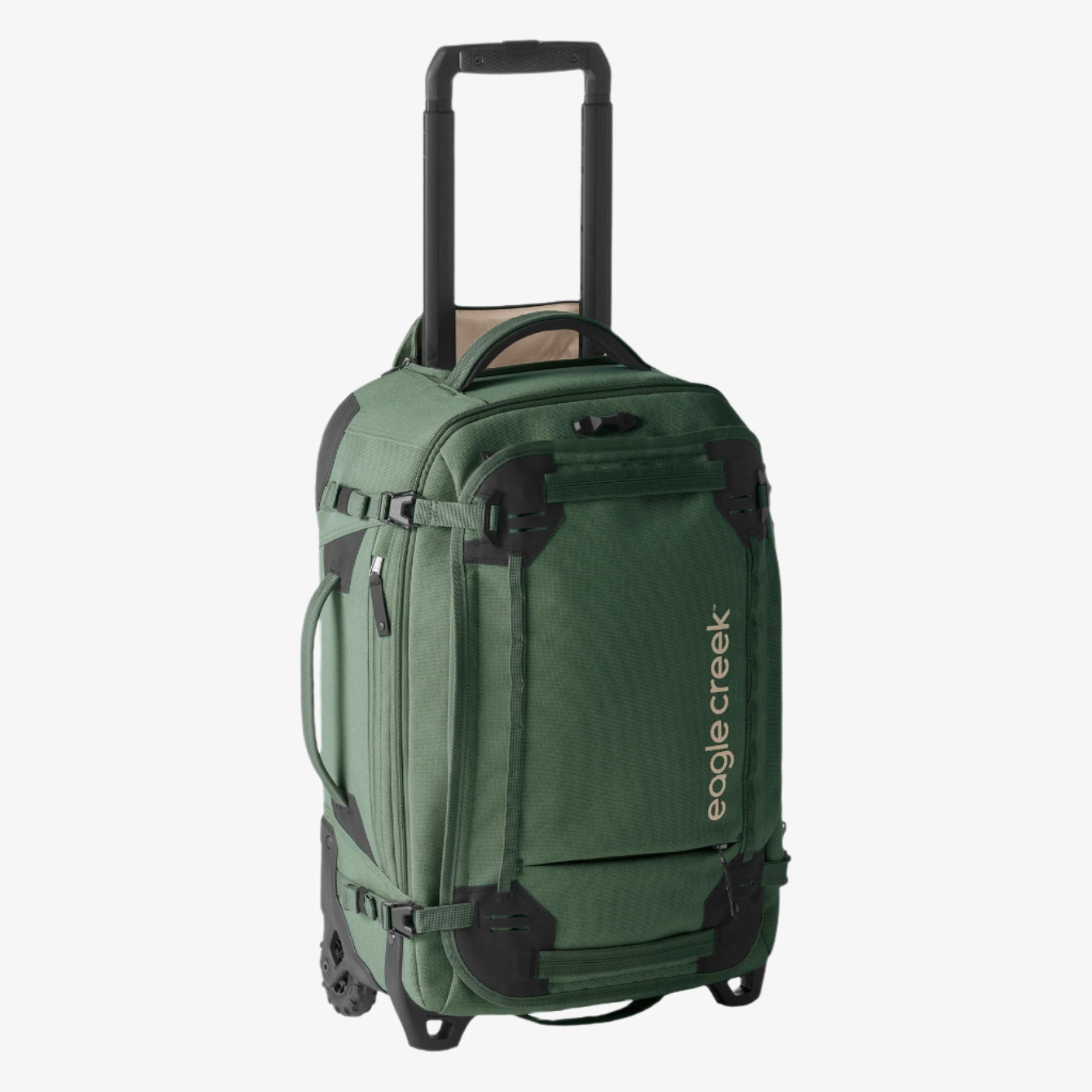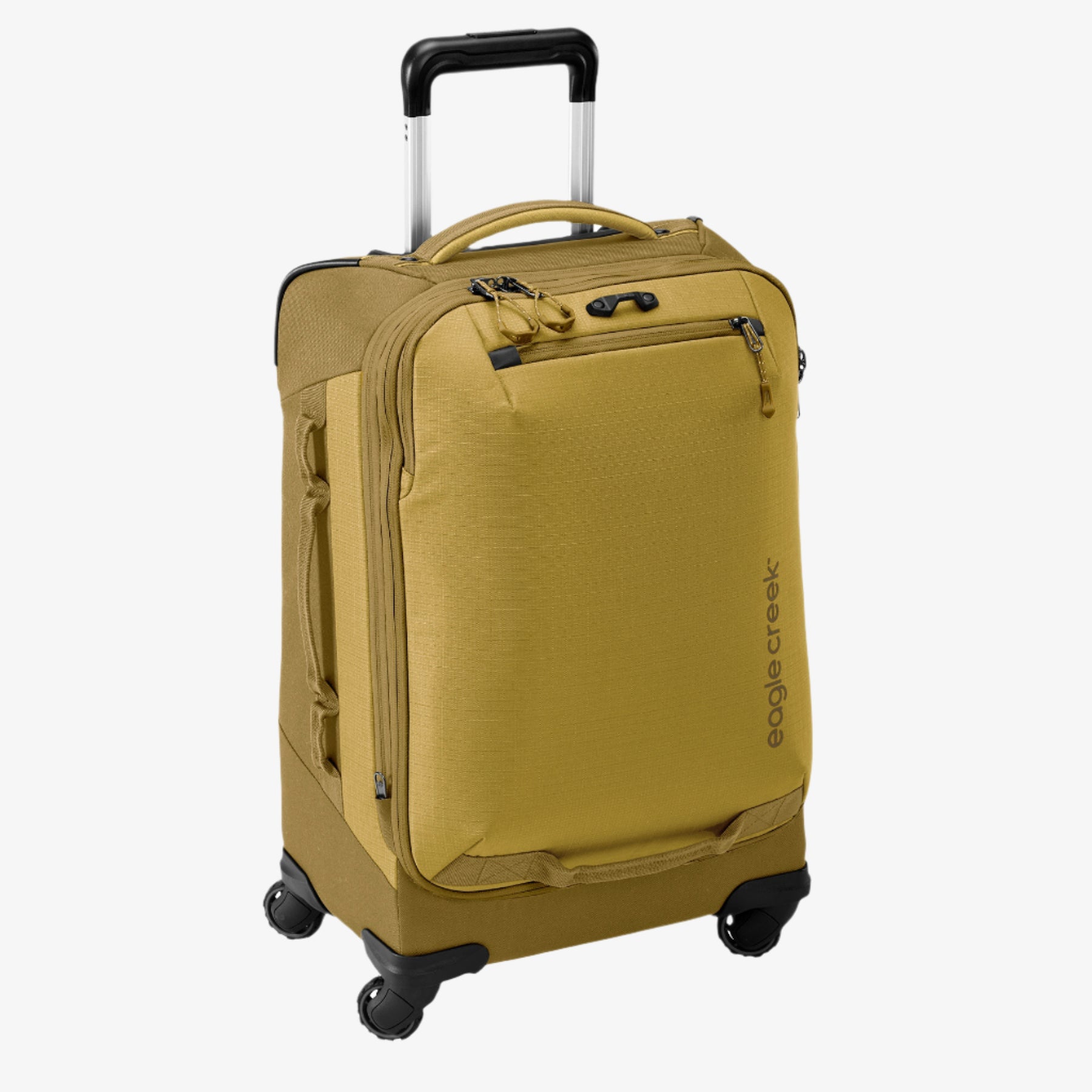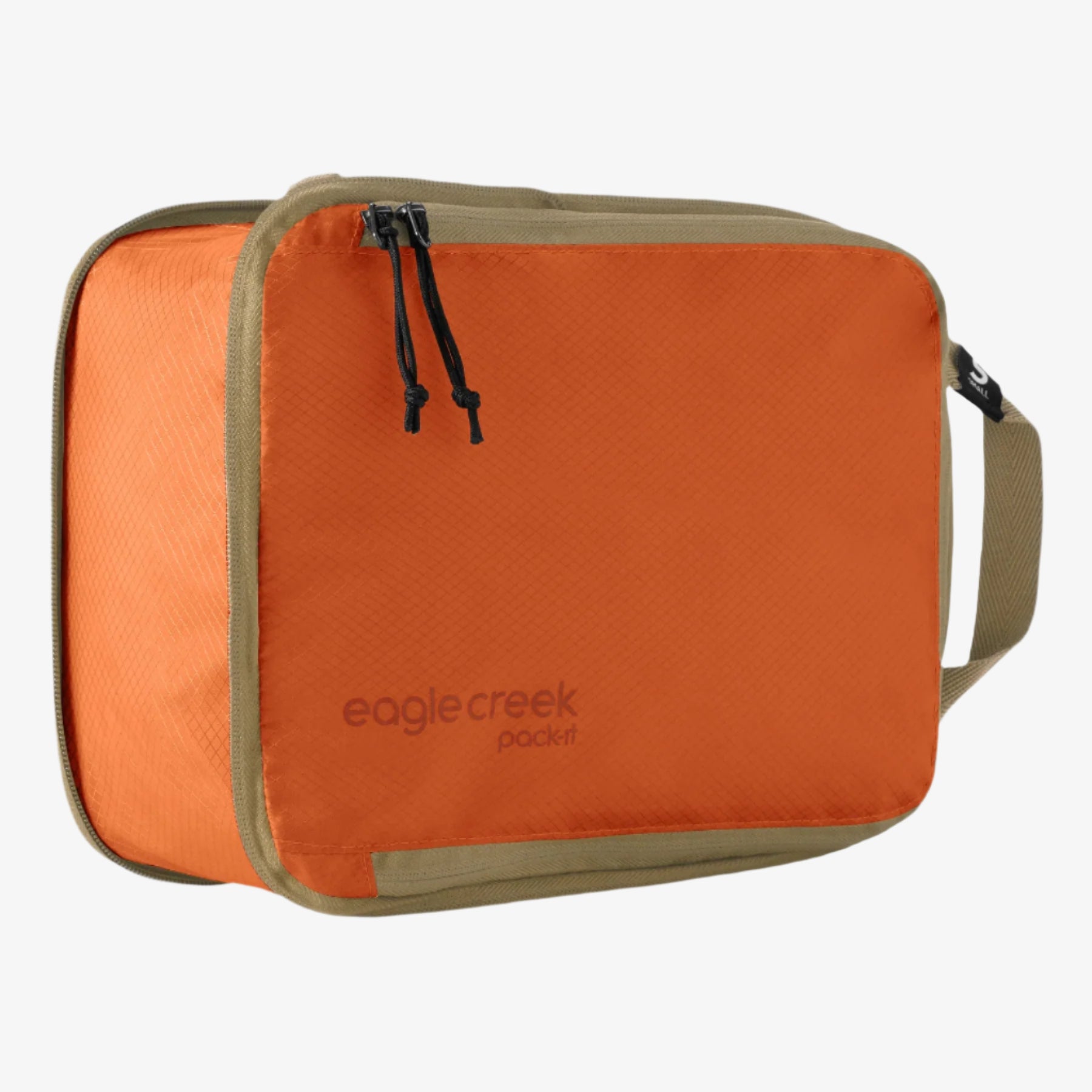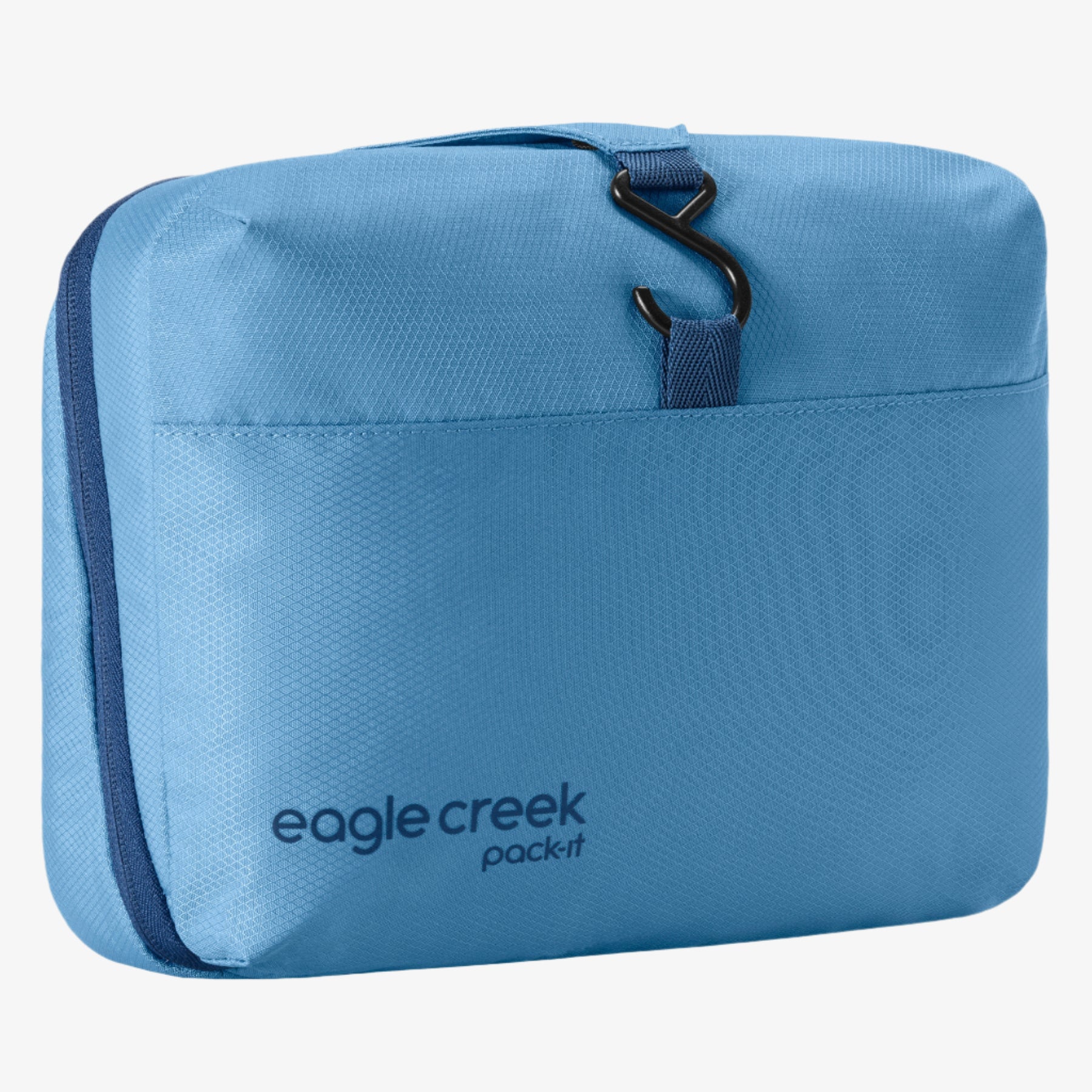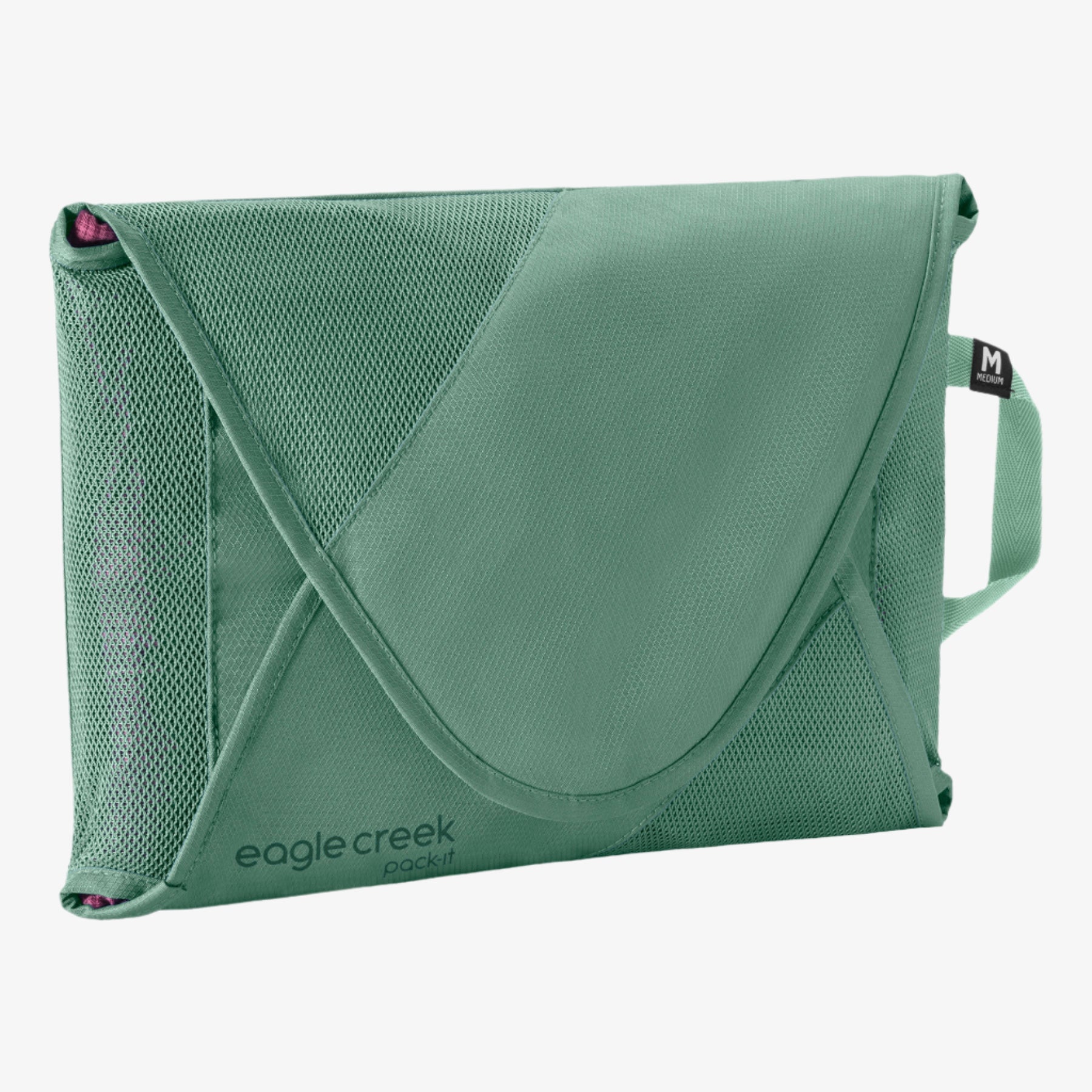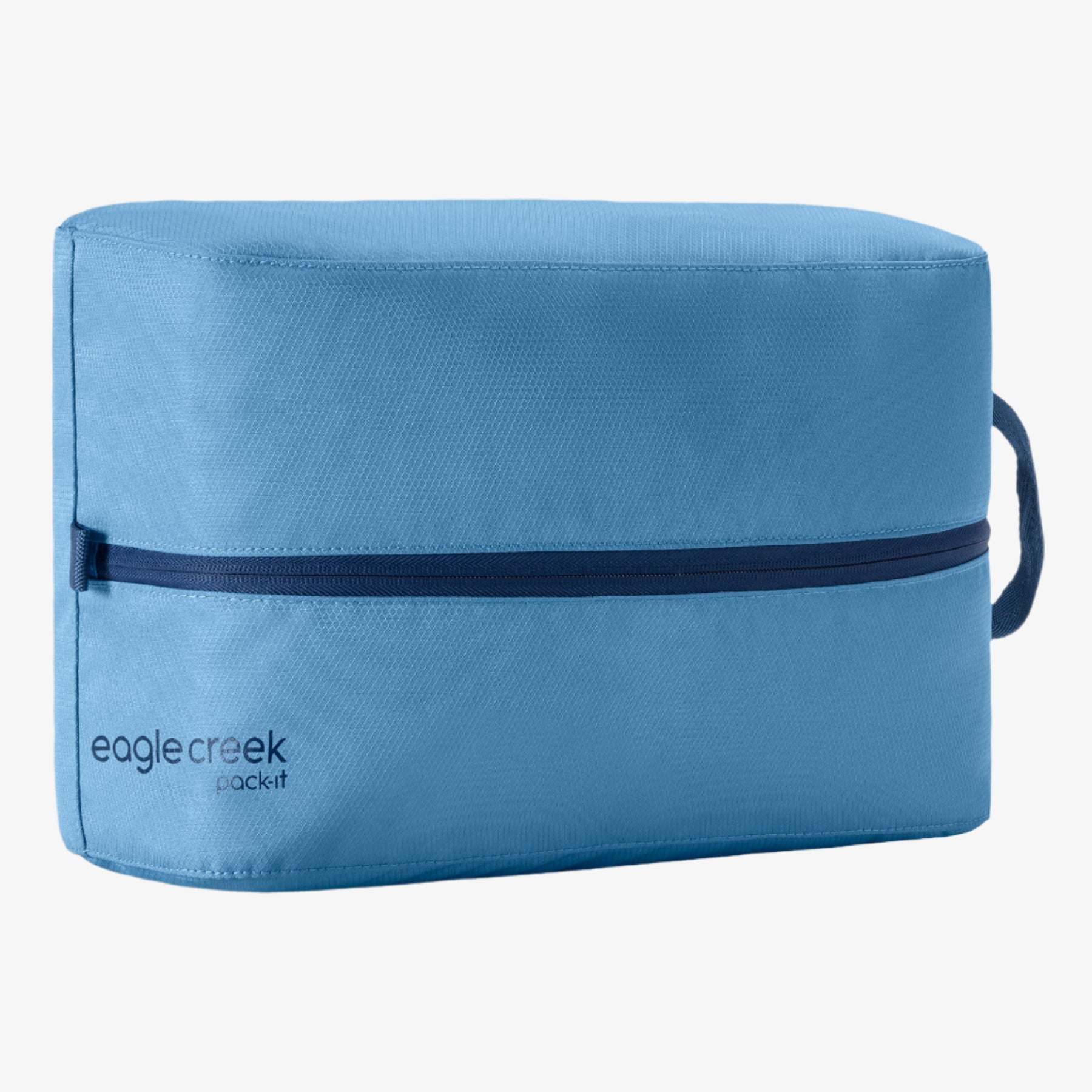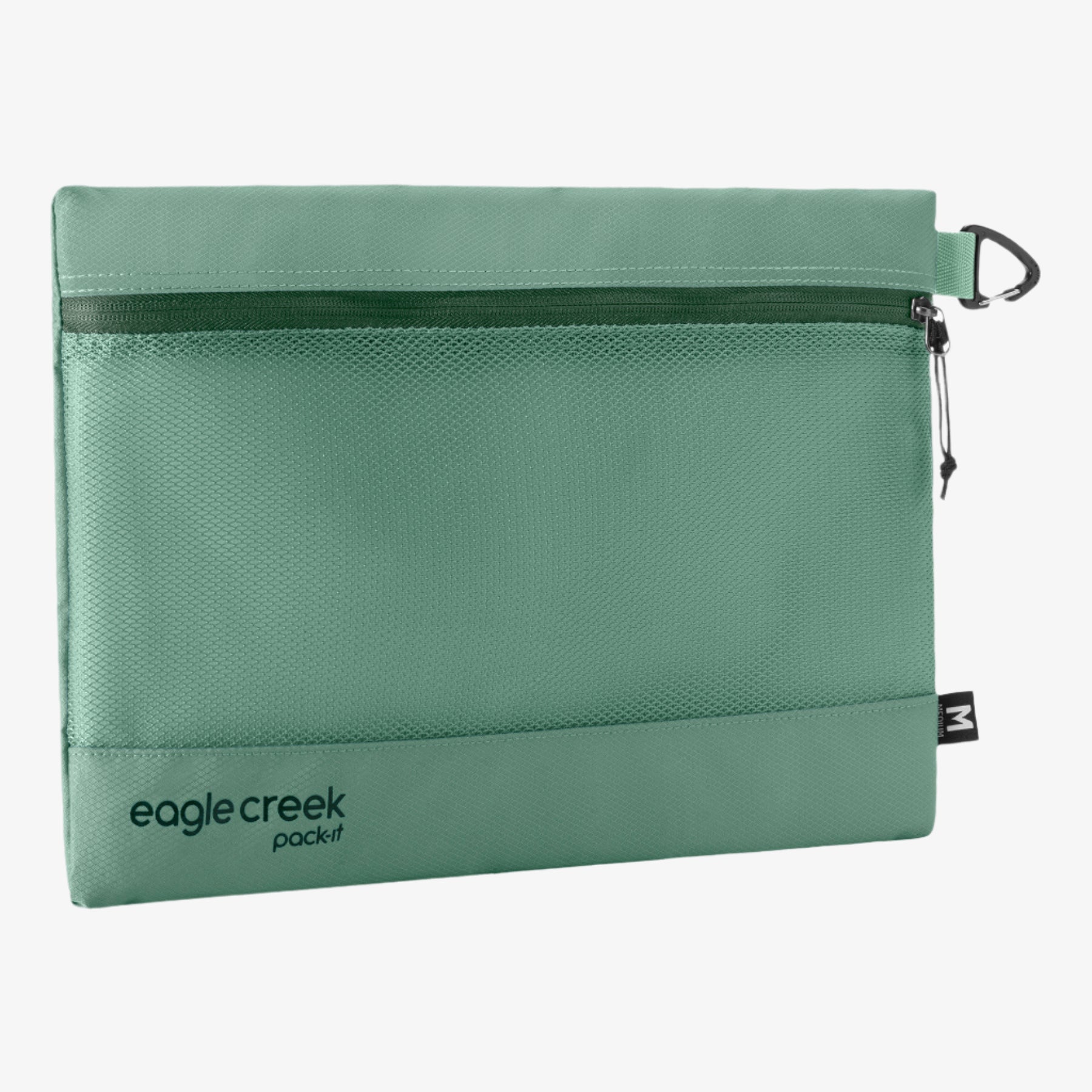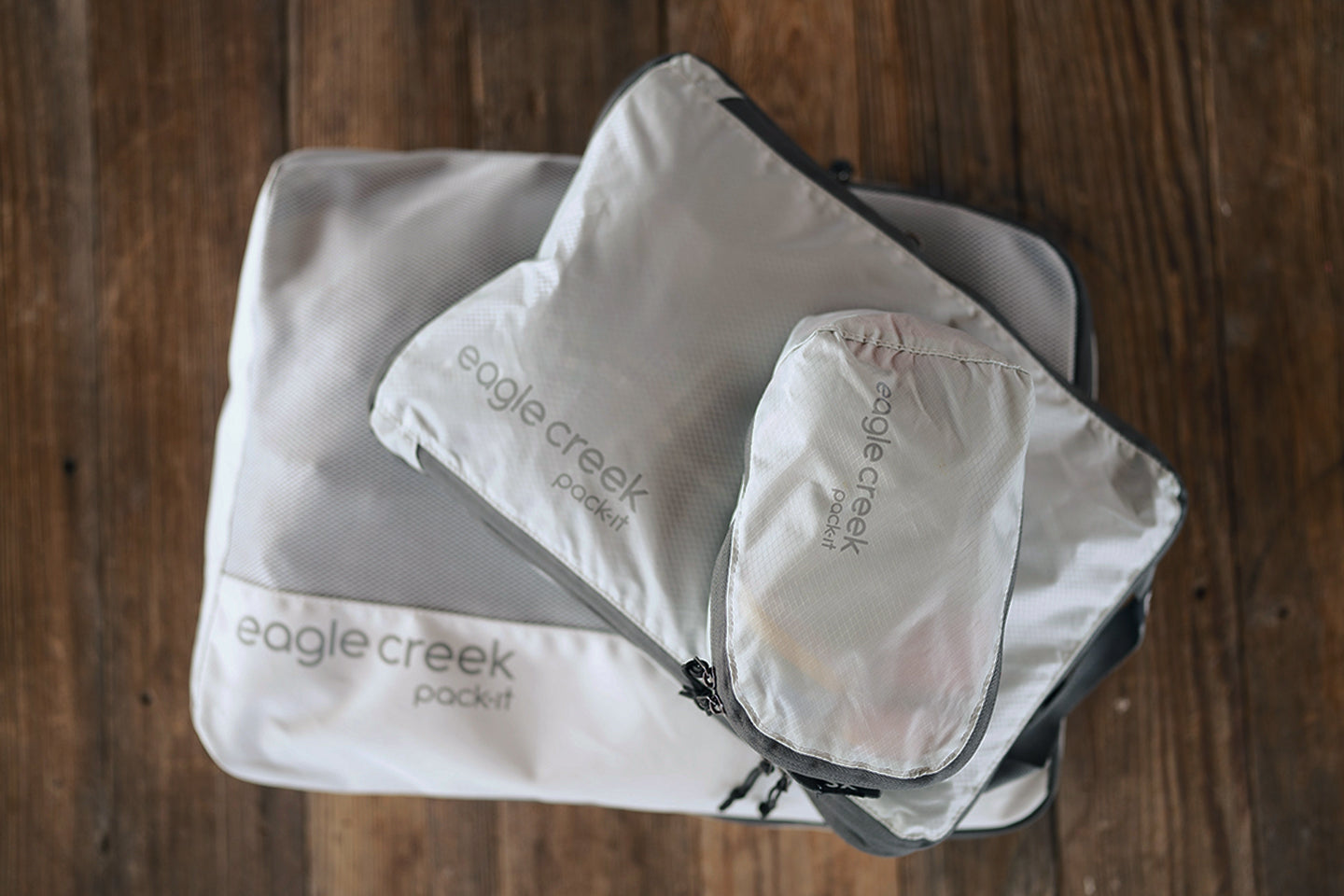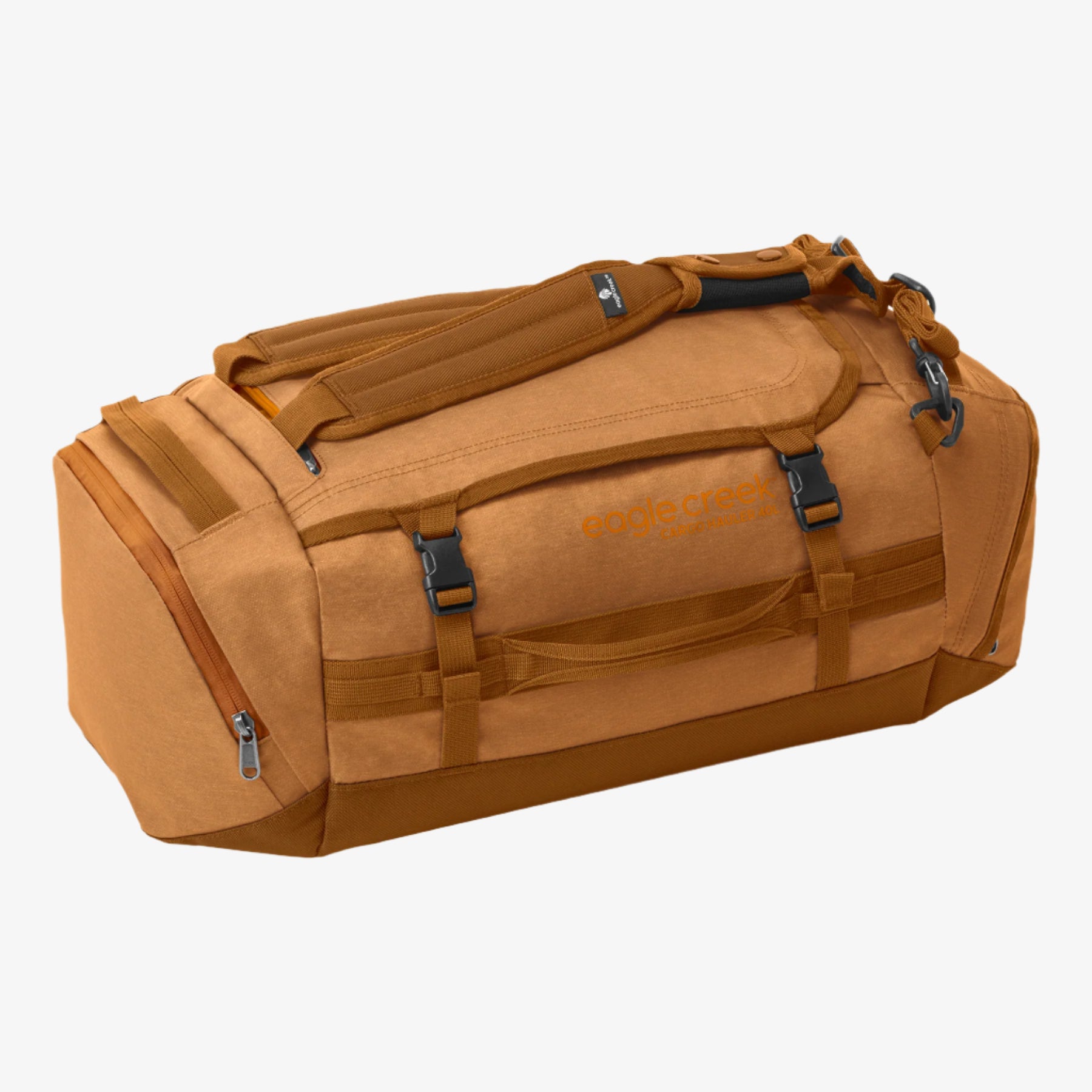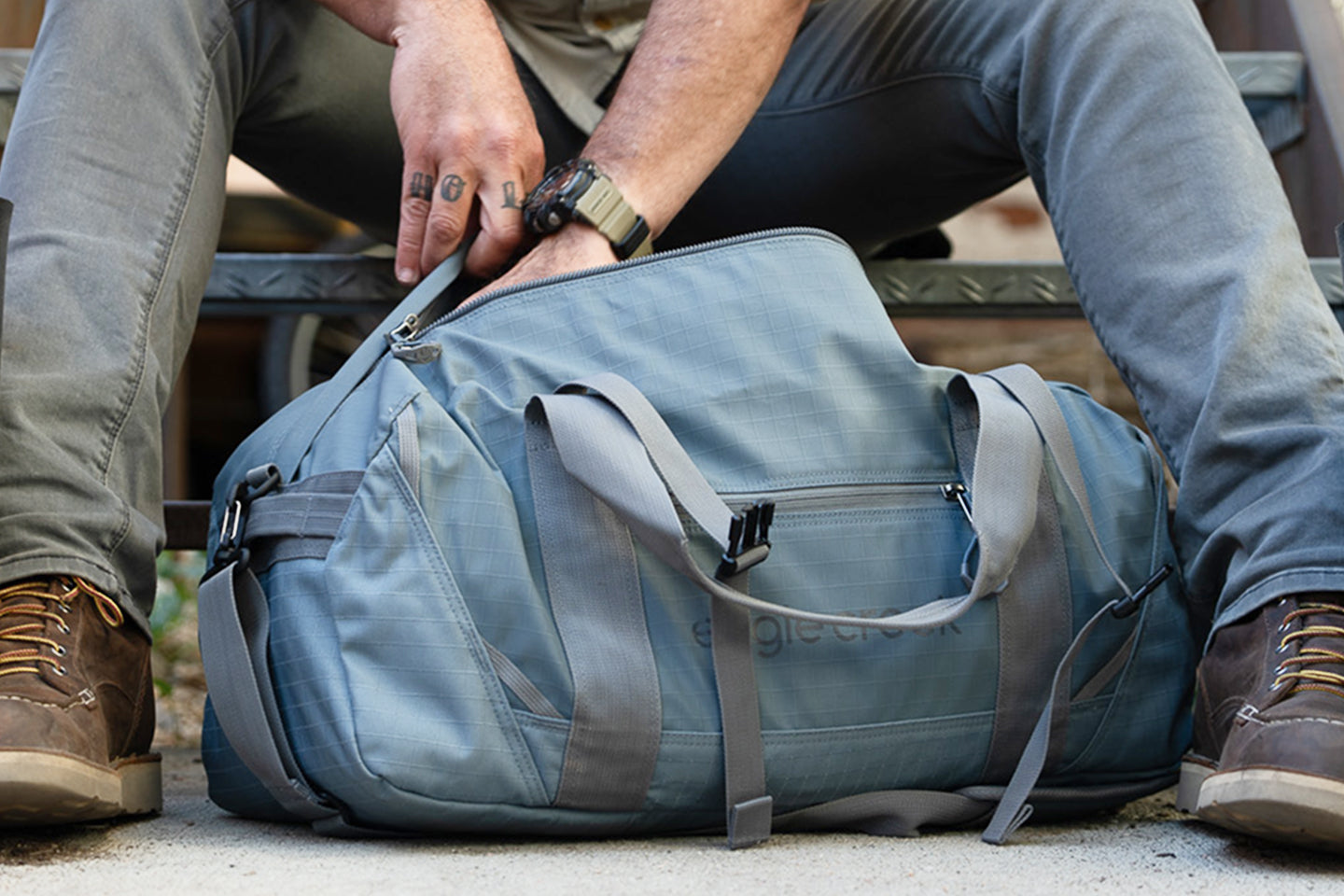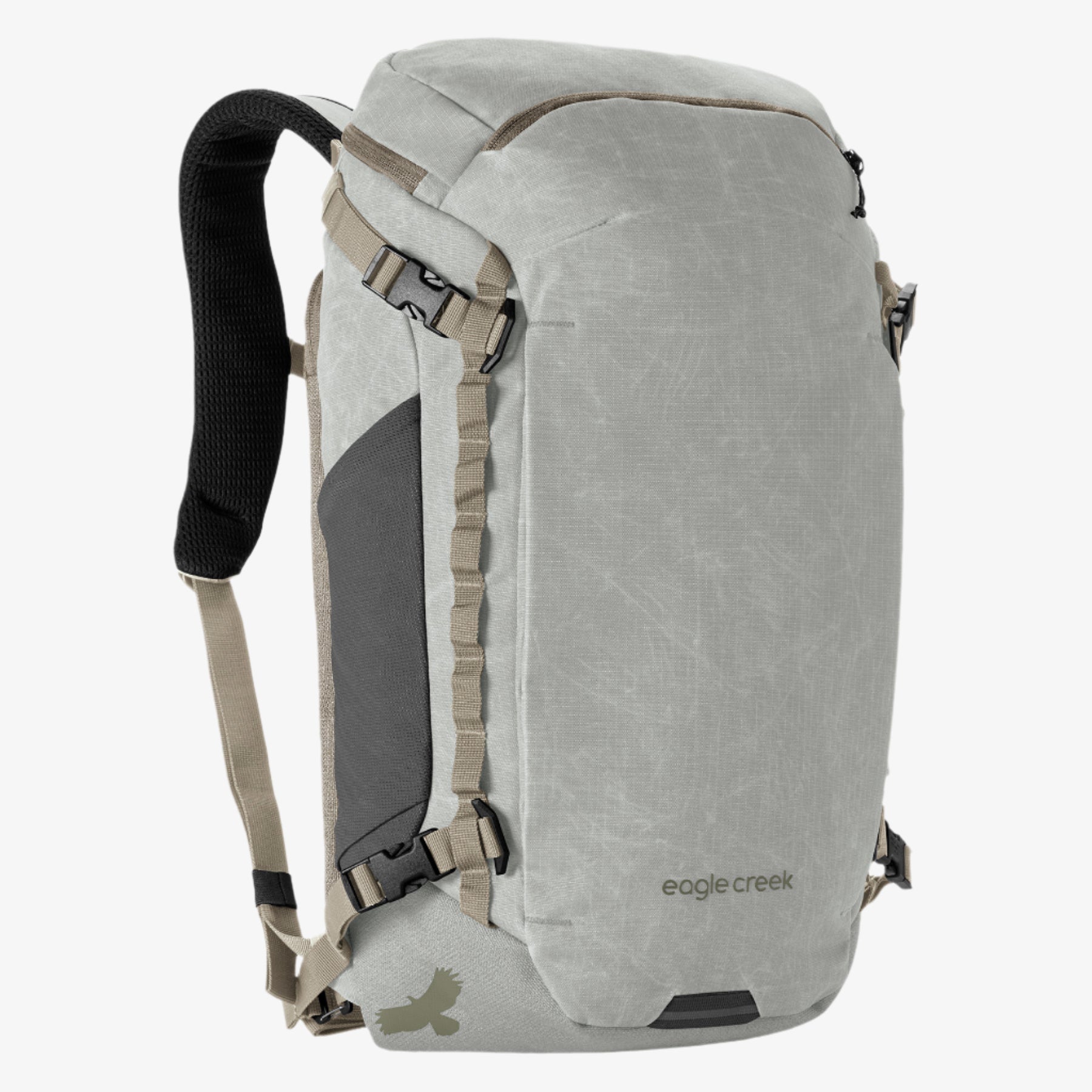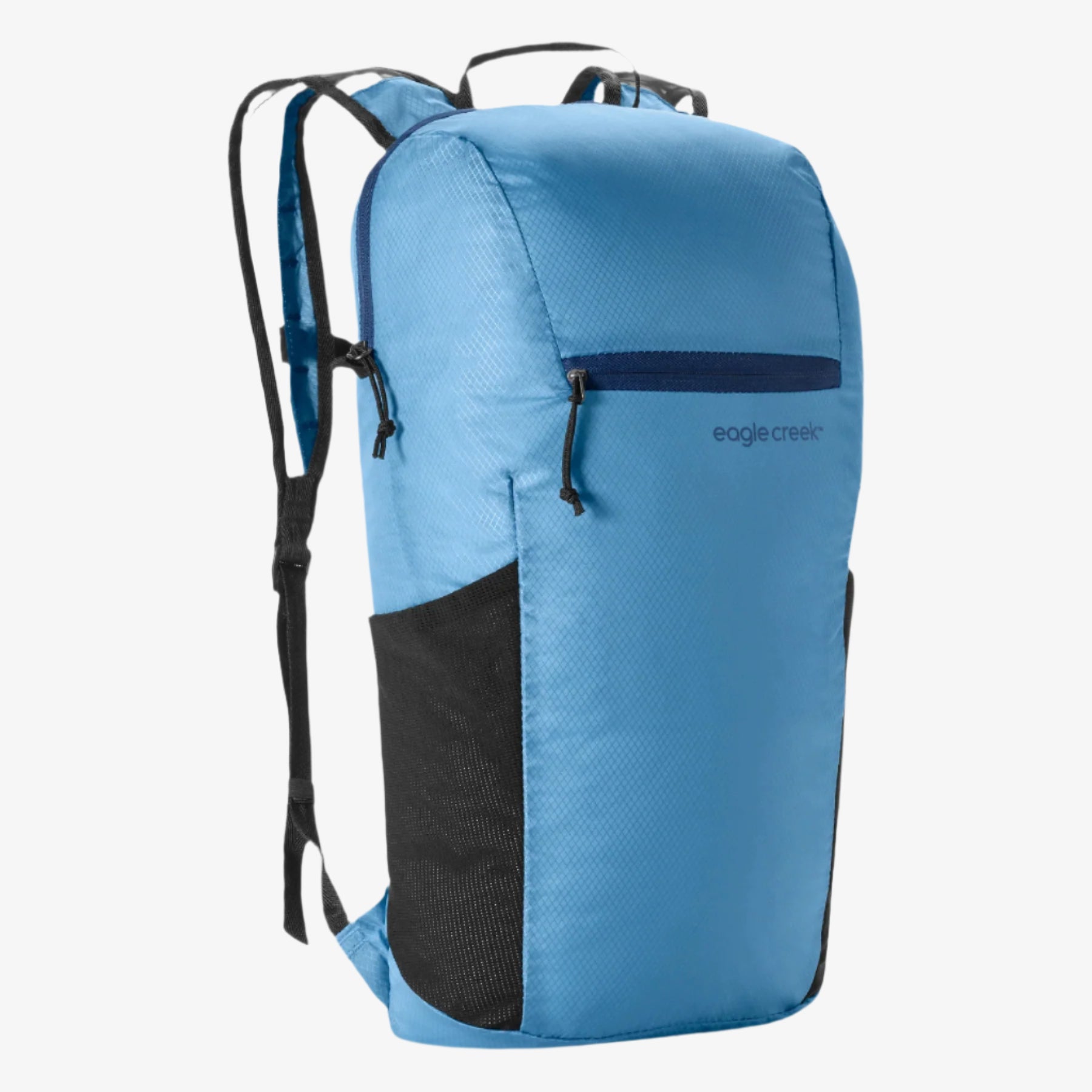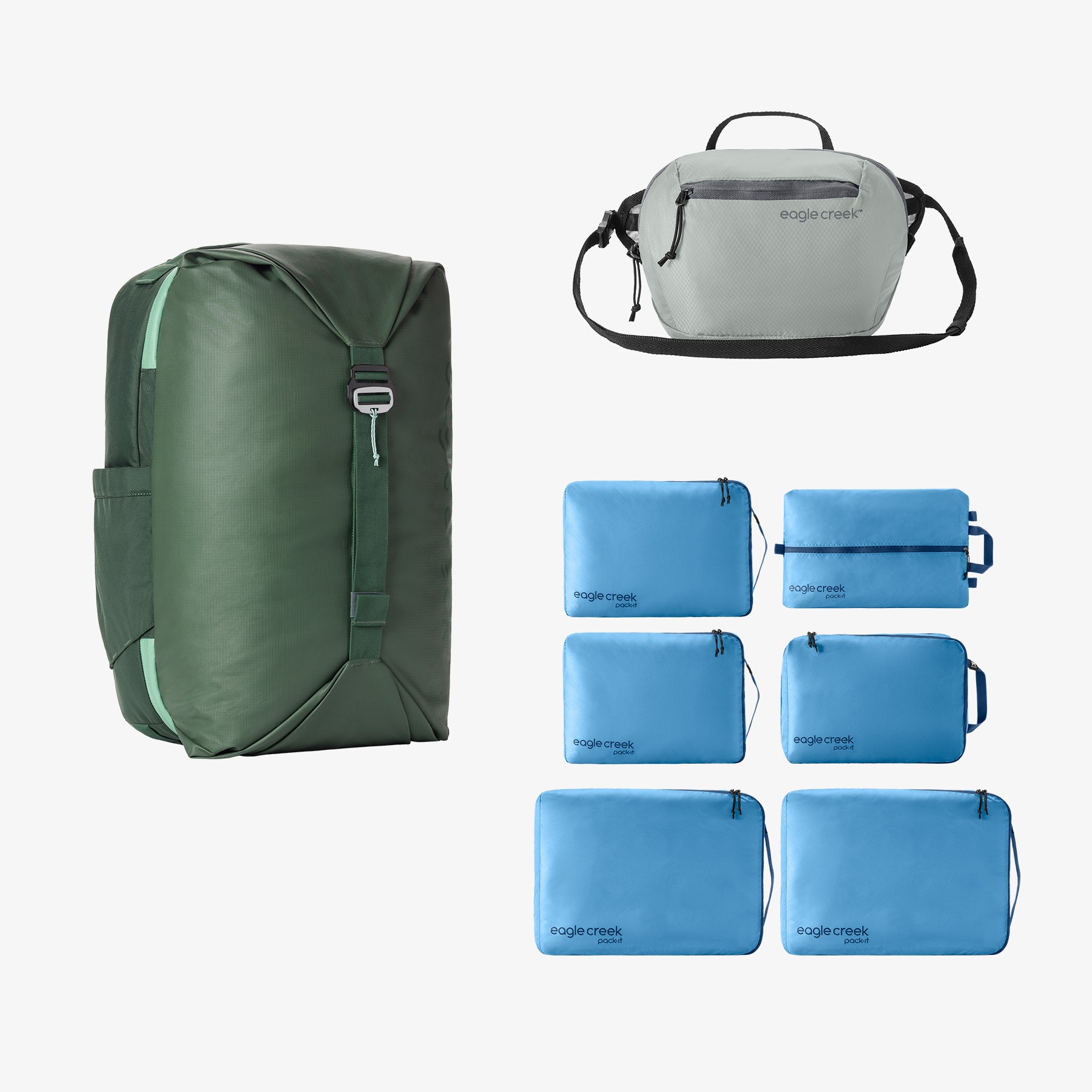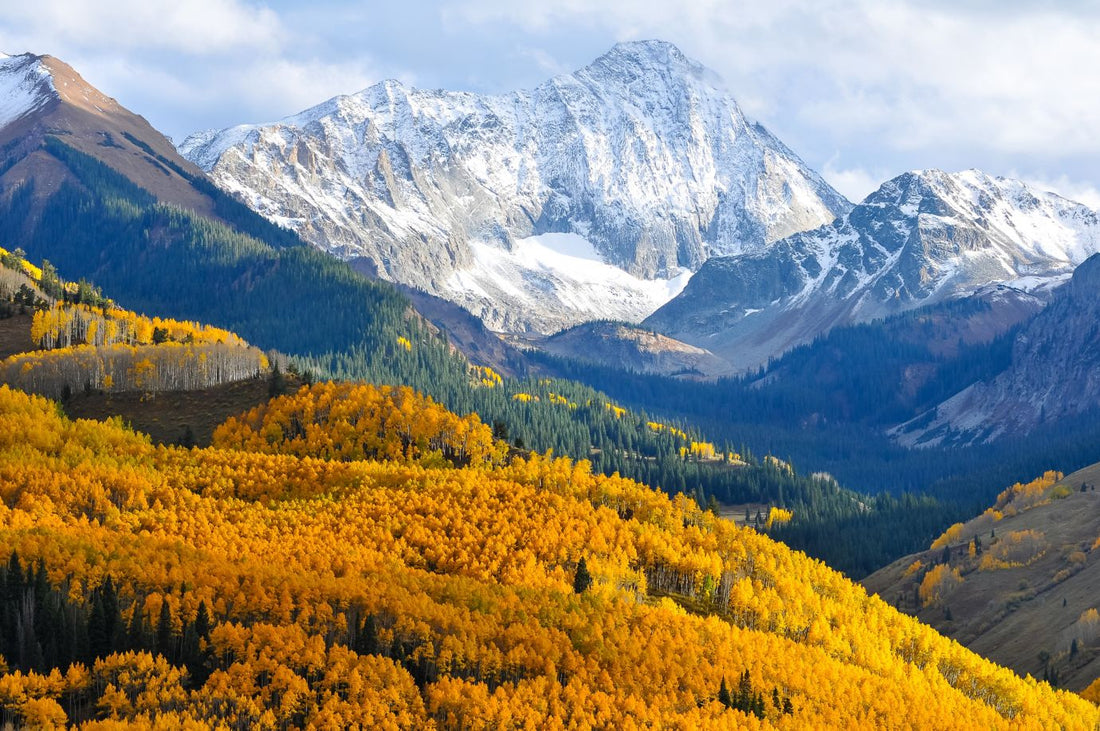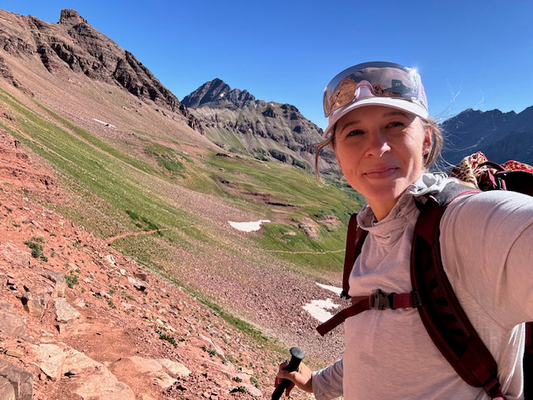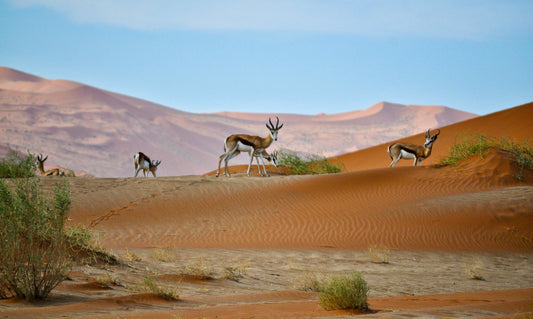
You don’t have to travel abroad to climb mountains. Some of the most beautiful summits and peaks are right here in the States.
Sure, the Himalayas are the mecca of mountaineering, with the highest peaks in the world, but if you don’t have the time, or budget there are plenty of options in the States. America is littered with beautiful, towering mountain peaks, each a different level of difficulty for climbers. Whether you want to go east or west, there’s no shortage of mountains to train on and climb. Below are five peaks to master—just be sure to do full research and preparation, including purchasing the proper gear, before heading on your expedition. Remember: Safety should always be your first priority.
Mount Hood
Towering over Portland, Ore. in the Pacific Northwest stands Mount Hood. Though it’s relatively low in elevation at 11,249 feet (most big peaks start at around 14,000 feet), it’s the highest point in Oregon and one of the most climbed glaciated peaks in North America. What makes Mount Hood a great peak to master is its relative ease—it’s much less technical than some of the other popular mountains, like Denali in Alaska (the highest mountain in North America). It’s a great mountain peak for beginning mountaineers to get on and master skills like route finding, crevasse rescues, and stopping yourself on the icy glacier should you lose your footing.
That said, you shouldn’t take Mount Hood lightly. Inclement weather and frequent rock falls can make this peak treacherous, and it’s recommended to always climb with an ice axe, crampons, and a helmet. The most popular time to get on Mount Hood is from May to mid-July, after avalanche season and before crevasses and rock fall get serious.
Pikes Peak
Pikes Peak is hands down one of the toughest fourteeners (mountains that rise more than 14,000 feet above sea level) out of the 53 found in Colorado. The most popular route to the top is the Barr Trail, which is an arduous 13 miles one way, with an increase of about 8,000 feet in elevation from bottom to top. A one-day summit and return would literally make for a marathon of a day, so most hikers pack a durable bag for an overnight at a base camp and get an early push for the summit the next morning. Once you reach the top, though, you’ll be greeted a little differently than on the other fourteeners, with a gift shop, snack stand, and sometime a plethora of tourists who either drove or took a scenic train ride to the top. You can climb Pikes Peak pretty much any time outside of winter, but be prepared for afternoon storms if you go in the summer.
Mount Mitchell
Kissing the sky at 6,684 feet is Mount Mitchell, the highest peak east of the Mississippi River. And though it may not seem very high, the difficulty with this peak lies in the quick elevation gain. The Mount Mitchell Trail starts at 2,995 feet and gains about 3,689 feet in just five-and-a-half miles. For hikers coming from lower elevation, it’s enough to get altitude sickness. And even though it’s less than 7,000 feet, Mt. Mitchell turns hikers around on a daily basis. Inclement weather can strike at anytime (snow storms can hit during all months of the year) and the trail constantly leads you up—hikers rarely encounter easy, flat stretches of trail to coast along. If you’re able to hike this peak in less than four hours, you just might earn some bragging rights. Head to Mount Mitchell between May and October for the best chances of mild weather. If you’re there in the winter, you’ll likely encounter two or more feet of snow.
Capitol Peak
Quite possibly the most technical fourteener in Colorado, Capitol Peak gives hikers a run for their money. The least difficult way to get to the summit of this mountain is via the Northeast Ridge, also known as the Knife Edge route (despite the somewhat scary nickname!). You can access this standard route from either Capitol Creek and Lake or from the West Snowmass Creek route—and which you choose should depend on the time of year. In the summer and fall, Capitol Creek is easier, especially if you want to avoid some tough stream crossing. But in the winter and spring, hikers prefer West Snowmass Creek for an easier and more direct route to Knife Edge. Depending on which way you go, your hike will be 16 or 17 miles round trip, with a 5,800-foot elevation gain. Pack your bag with supplies for at least two days to be safe.
Mount Rainier
Washington’s Mount Rainier is one of the most well known peaks in the country, with thousands of mountaineering attempts each year. It’s the fifth highest mountain in the continental USA and on a clear day, you can see this beautiful white capped peak from Seattle Washington. Whether you’re a beginner looking to get into climbing or a seasoned veteran hoping to brush up on your skills, you’re sure to find a challenge in one of Mount Rainier’s many different routes. Experienced hikers most commonly choose the Disappointment Cleaver and Emmons Glacier routes to reach one of the three separately classified summits, Columbia Crest (the highest at 14,411 feet), Point Success, and Liberty Cap. Plan your hiking trip between May and August for the best conditions.
More Great American Mountains to Explore
● Georgia’s beautiful Blue Ridge Mountains are home to the starting point of the 2,000+ mile Appalachian Trail, in addition to beautiful waterfalls, and a range of scenic hikes that can be done year-round.
● At 5,267 feet, Maine’s Mt. Katahdin isn’t the tallest mountain on this list (though it it the highest peak in Maine), but whether you started in Georgia, or just started at the bottom of the mountain, it’s home to the end point of the Appalachian Trail, and boasts 215 miles of scenic trails.
● At over 20,000 feet, Alaska’s Denali is the highest peak in the United States. With over 6 million acres of land—nearly the size of Massachusetts!—, there are many trail options. If you’re looking for an easy day hike, there are short, two mile or less trails, close to the park’s entrance and visitor’s center. If you want the full Denali experience you’ll have to go off-trail, and prepare accordingly.
Find out what it takes to accomplish even more bucket list hikes and climbs in the Eagle Creek Adventure Found infographic[1] .
